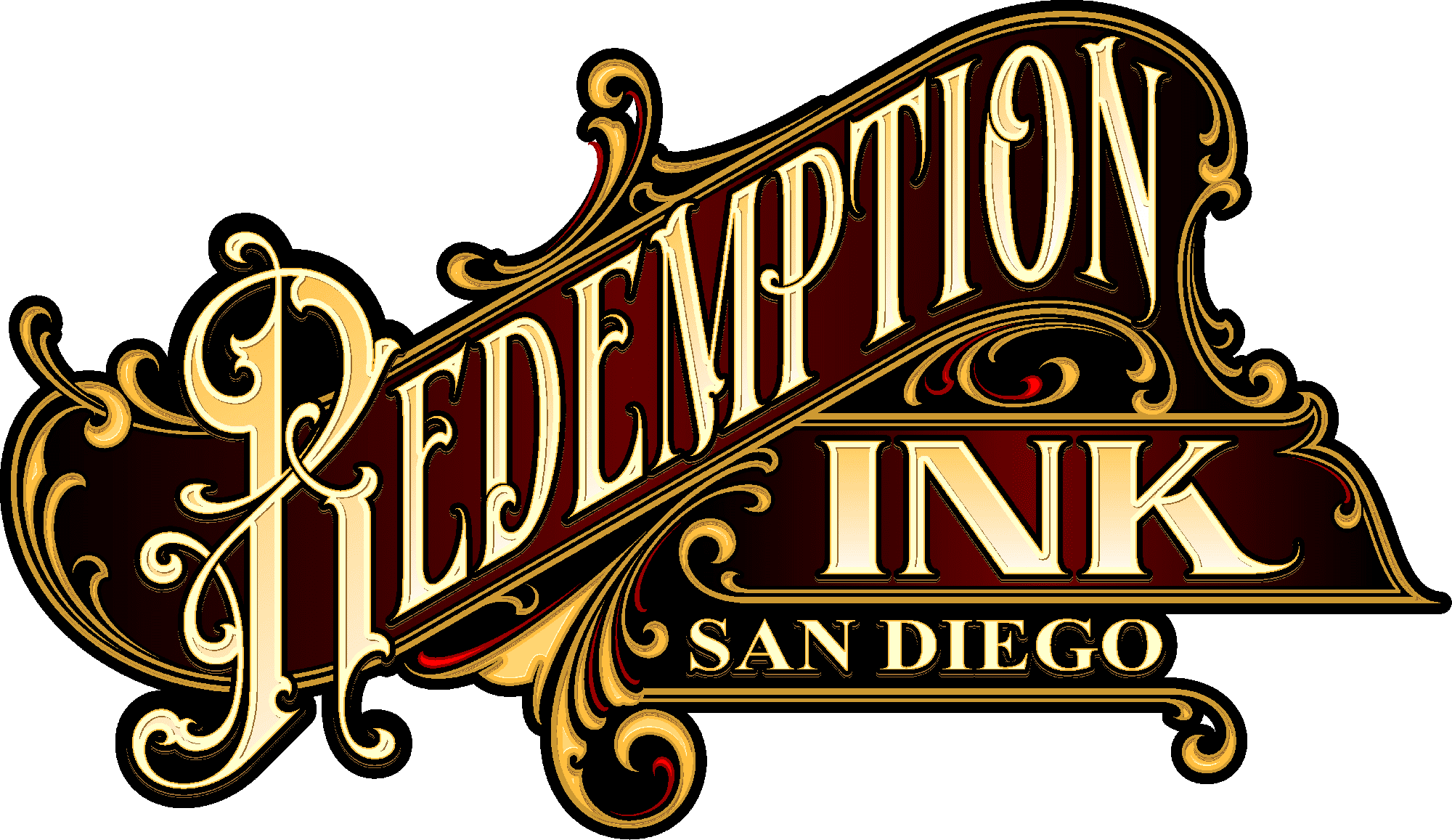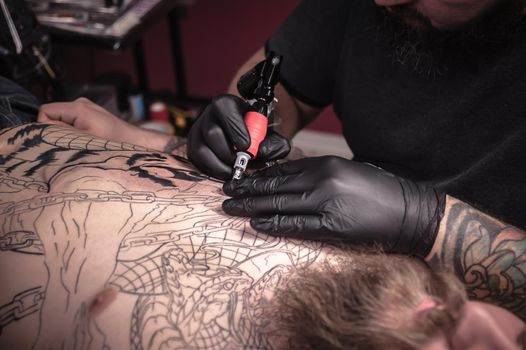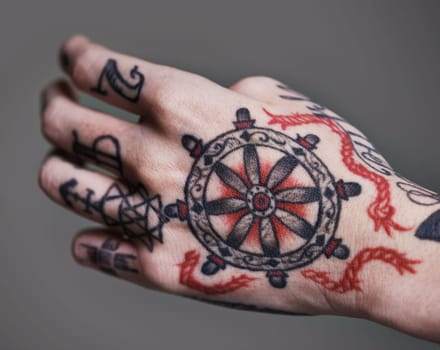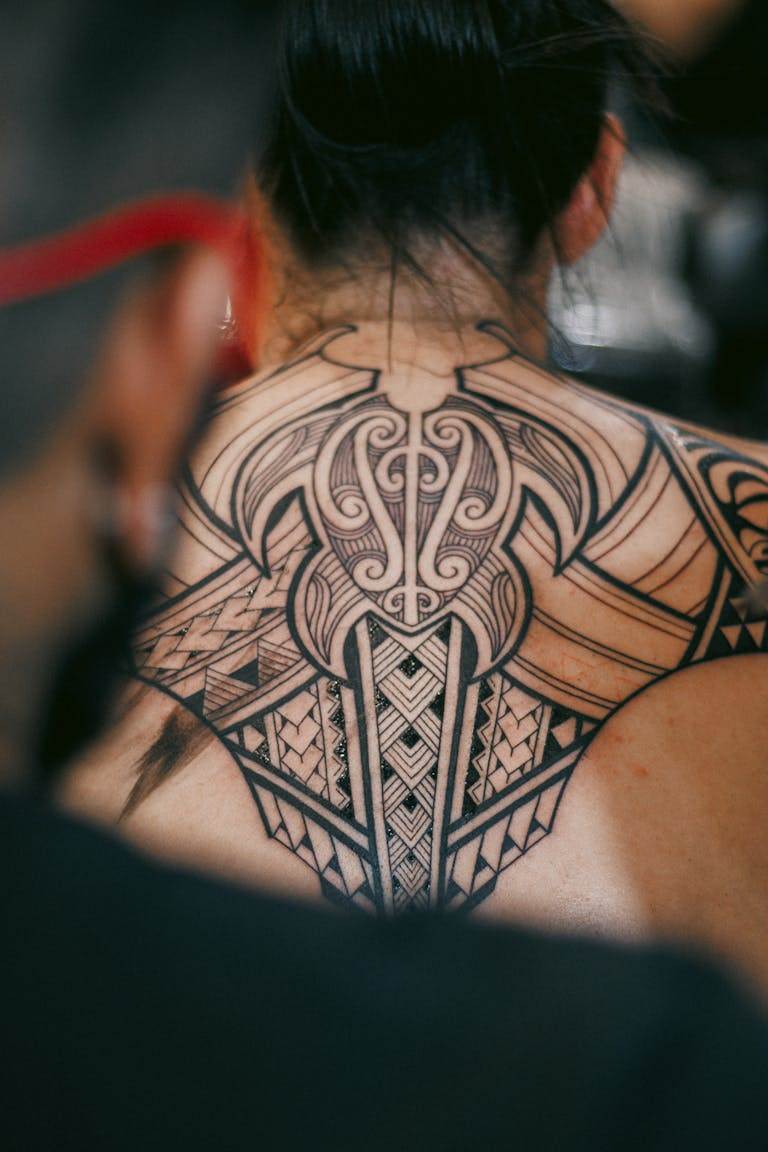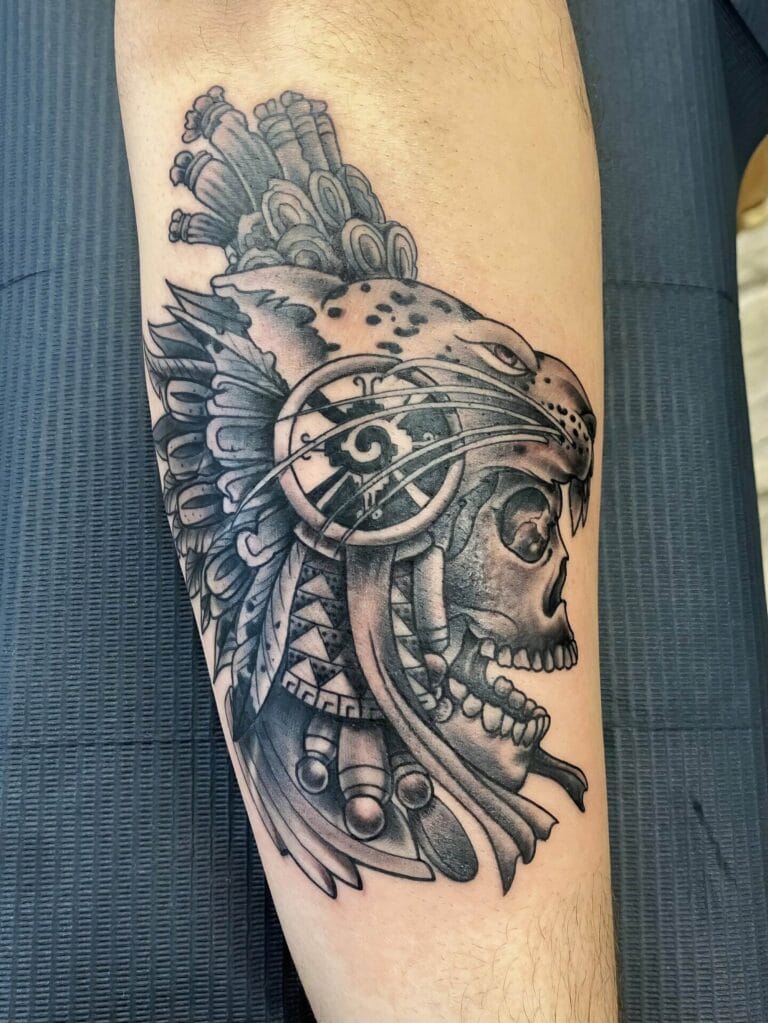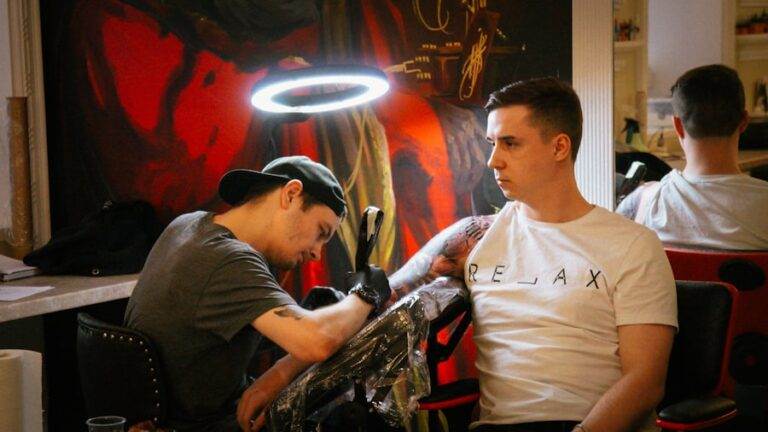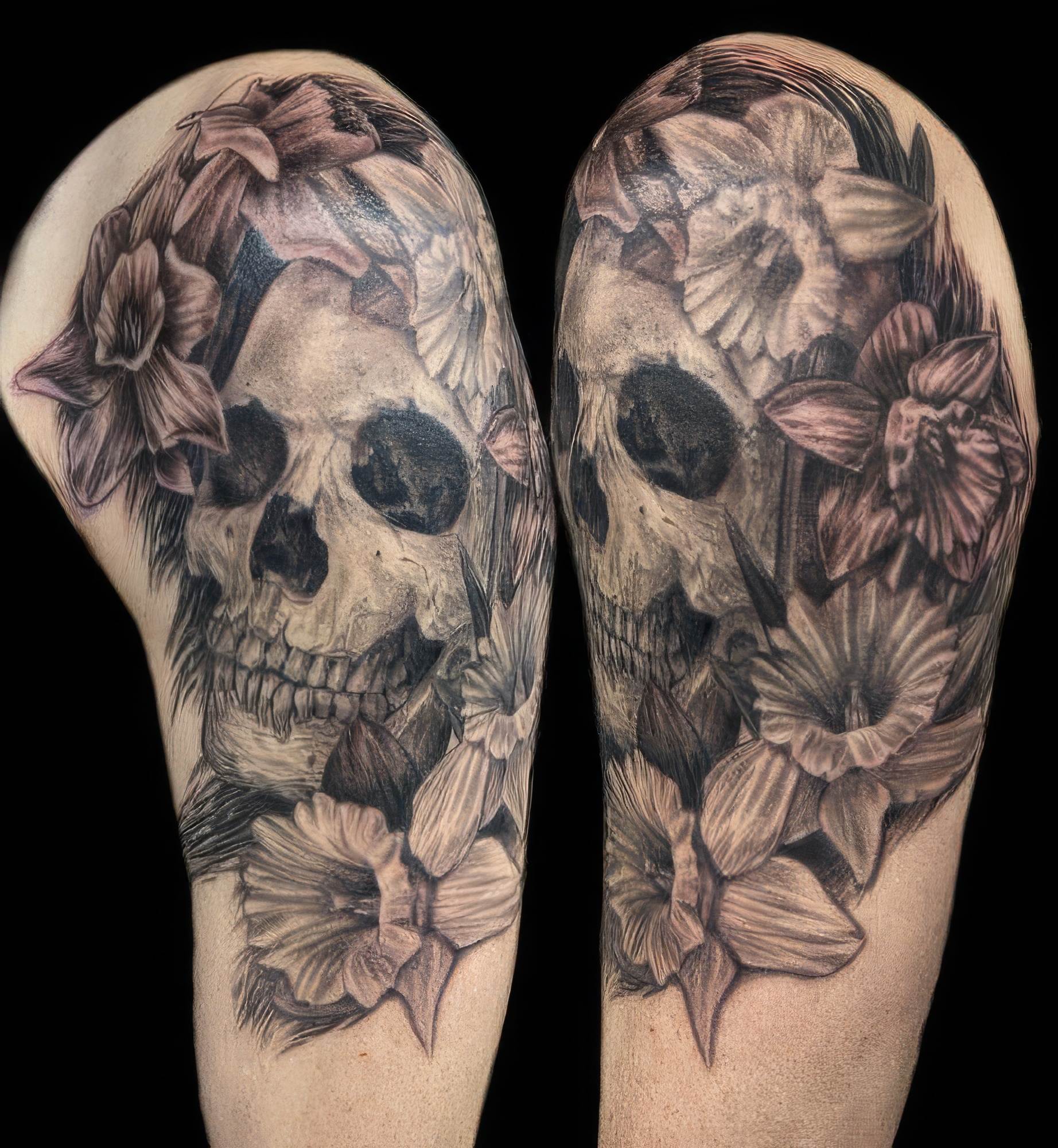
When embarking on a large-scale tattoo project, it is crucial to have a clear understanding of the scope of your vision. This involves not only the design itself but also the size, placement, and overall theme of the tattoo. A well-thought-out concept can significantly enhance the final outcome, ensuring that the tattoo resonates with your personal story or aesthetic preferences.
Take the time to brainstorm ideas, gather inspiration from various sources, and create a mood board that encapsulates your vision. This preparatory work will serve as a foundation for discussions with your tattoo artist and help clarify your expectations. Additionally, consider the longevity of your project.
Large tattoos often require multiple sessions, and it’s essential to think about how the design will evolve over time. Will you want to add elements later? How will the tattoo age with your skin?
These questions are vital in determining the overall scope of your project. Engaging in thorough research about styles, techniques, and color palettes can also provide insight into what will work best for your body and lifestyle. By understanding the full scope of your project, you set yourself up for a successful tattoo experience that aligns with your artistic vision.
Key Takeaways
- Understand the size, complexity, and time commitment of your tattoo project before starting
- Choose an artist whose style aligns with your vision and who has experience with large-scale projects
- Schedule sessions strategically to allow for optimal healing and to avoid overworking the skin
- Budget for the cost of a large-scale tattoo project, including multiple sessions and potential touch-ups
- Prepare your body by staying hydrated, getting enough rest, and avoiding alcohol and blood-thinning medications before each session
Choosing the Right Artist for Your Vision
Selecting the right tattoo artist is one of the most critical steps in bringing your vision to life. Each artist has a unique style and specialty, so it’s essential to find someone whose portfolio resonates with your desired aesthetic. Spend time reviewing their previous work, paying attention to details such as line quality, shading techniques, and color application.
This will give you a sense of their skill level and whether they can execute your design effectively. Don’t hesitate to reach out to artists whose work you admire; many are open to discussing potential projects and can provide valuable insights into how they would approach your tattoo. Moreover, establishing a good rapport with your chosen artist is equally important.
A successful tattoo experience relies on open communication and mutual understanding. Schedule a consultation to discuss your ideas in detail, and gauge how well the artist listens to your input. A collaborative approach can lead to a more personalized design that reflects your vision while incorporating the artist’s expertise.
Remember that this is a long-term commitment; finding an artist who shares your passion and understands your goals will make the entire process more enjoyable and fulfilling.
Scheduling Your Sessions for Optimal Healing
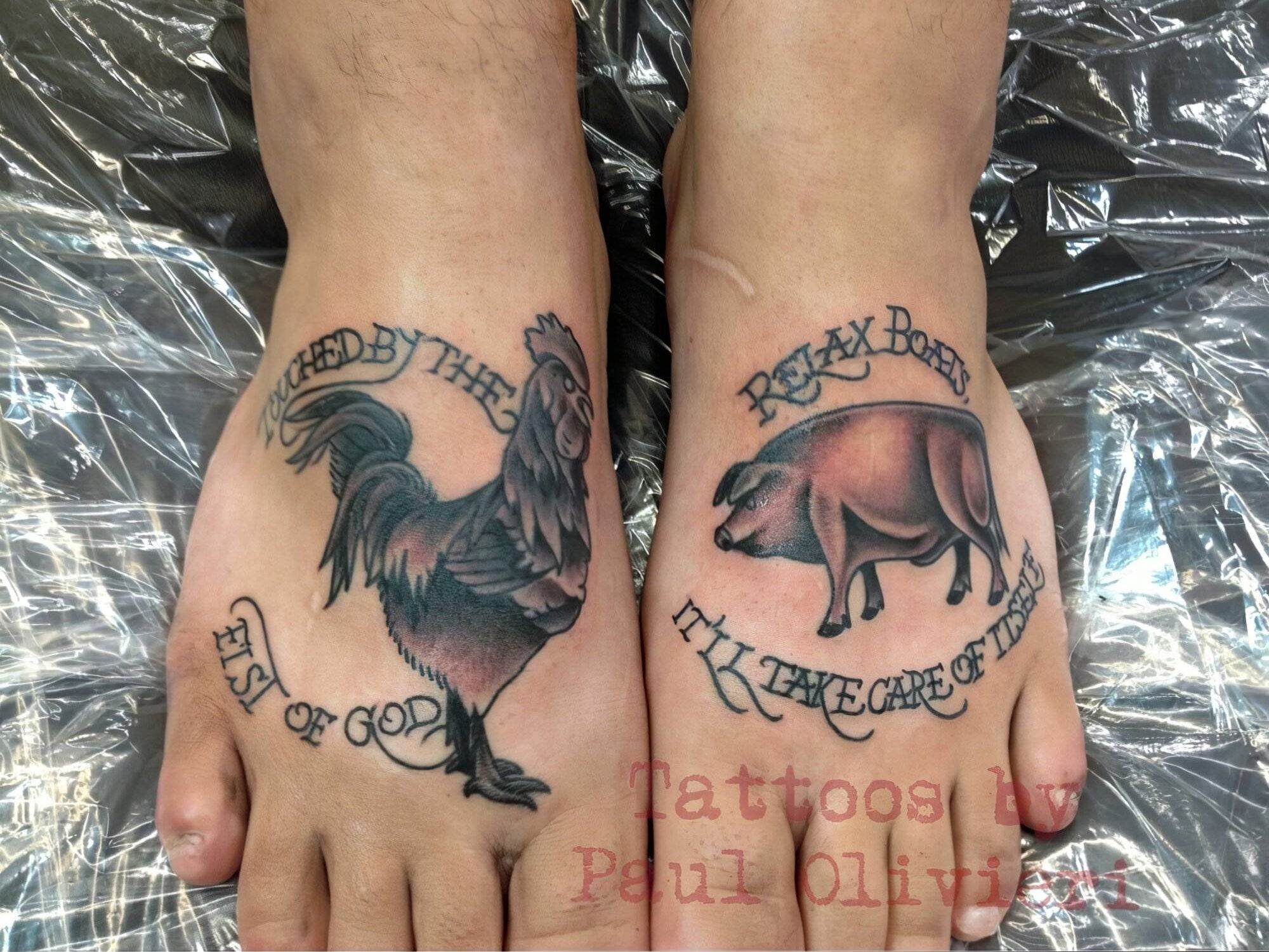
When planning a large-scale tattoo project, scheduling your sessions thoughtfully is essential for optimal healing. Tattoos are essentially open wounds, and allowing adequate time for healing between sessions is crucial to ensure that your skin recovers properly. Most artists recommend waiting at least two to four weeks between sessions, depending on the size and complexity of the tattoo.
This healing period not only helps prevent complications such as infections but also allows you to assess how well the design is settling into your skin. In addition to considering healing time, think about your personal schedule and lifestyle when planning sessions. It’s wise to avoid scheduling appointments during particularly stressful periods or times when you may not be able to dedicate time to aftercare.
Ensuring that you have a comfortable environment for recovery will contribute significantly to the healing process. By being mindful of both your body’s needs and your personal circumstances, you can create a schedule that supports both the artistic process and your overall well-being.
Budgeting for a Large-Scale Tattoo Project
Budgeting for a large-scale tattoo project requires careful consideration of various factors, including the artist’s rates, materials, and potential touch-ups. Tattoo prices can vary widely based on an artist’s experience, location, and the intricacy of the design. It’s essential to have an open discussion with your artist about their pricing structure before committing to a project.
Many artists charge by the hour or offer flat rates for specific designs, so understanding these details will help you plan accordingly. In addition to the initial cost of the tattoo, consider setting aside funds for aftercare products and any necessary touch-ups down the line. Quality aftercare is vital for maintaining the integrity of your tattoo, and investing in proper products can prevent fading or complications.
Furthermore, if you plan on adding elements to your tattoo in the future, factor those costs into your budget as well. By taking a comprehensive approach to budgeting, you can ensure that you are financially prepared for every aspect of your large-scale tattoo project.
Preparing Your Body for Multiple Sessions
Preparing your body for multiple tattoo sessions is an often-overlooked aspect of the tattooing process. Your physical condition can significantly impact both the experience during each session and the healing process afterward. Prior to your appointments, focus on maintaining a healthy lifestyle by staying hydrated, eating nutritious foods, and getting adequate rest.
Proper hydration helps keep your skin supple and can reduce discomfort during the tattooing process. Additionally, consider avoiding alcohol and blood-thinning medications in the days leading up to your sessions. These substances can increase bleeding during the tattooing process, which may affect ink saturation and prolong healing time.
If you have any underlying health conditions or concerns about pain management, consult with a healthcare professional before proceeding with multiple sessions. By taking proactive steps to prepare your body, you can enhance both your comfort during the process and the overall quality of your tattoos.
Communicating with Your Artist Throughout the Process

Effective communication with your tattoo artist is paramount throughout the entire tattooing process. From initial consultations to final touches, maintaining an open dialogue ensures that both you and your artist are on the same page regarding expectations and outcomes. Be clear about your vision while also being receptive to their professional advice; artists often have valuable insights based on their experience that can enhance your design.
During each session, don’t hesitate to voice any concerns or adjustments you may want to make as the tattoo progresses. Artists appreciate feedback and want their clients to be satisfied with the final result. Additionally, discussing any discomfort or pain levels during the session can help them adjust their technique or take breaks as needed.
By fostering a collaborative environment through ongoing communication, you can create a positive experience that leads to a stunning final product.
Managing Pain and Discomfort During Extended Sessions
Managing pain and discomfort during extended tattoo sessions is an important consideration for anyone undergoing a large-scale project. While everyone’s pain tolerance varies, there are several strategies you can employ to make the experience more bearable. First and foremost, communicate openly with your artist about any discomfort you may be feeling; they can adjust their technique or take breaks as needed.
In addition to communication, consider employing relaxation techniques such as deep breathing or visualization exercises during the session. Bringing along distractions like music or podcasts can also help take your mind off the process. Some individuals find that using topical numbing creams before their appointment can alleviate discomfort; however, it’s essential to discuss this option with your artist beforehand to ensure it won’t interfere with their work.
By being proactive about managing pain, you can create a more comfortable environment for yourself during extended sessions.
Caring for Your Tattoos Between Sessions
Caring for your tattoos between sessions is crucial for ensuring optimal healing and preserving the quality of your artwork. After each session, follow your artist’s aftercare instructions meticulously; this typically includes keeping the area clean, moisturized, and protected from sun exposure. Using fragrance-free products specifically designed for tattoo care can help prevent irritation and promote healing.
In addition to immediate aftercare, consider how you will care for existing tattoos as new ones are added over time. Keeping all areas well-hydrated and protected from excessive sun exposure will help maintain vibrancy across all tattoos on your body. Regularly applying sunscreen when exposed to sunlight is essential for preventing fading and preserving color integrity.
By prioritizing aftercare between sessions, you not only support healing but also ensure that each piece of art remains as stunning as intended for years to come.
FAQs
What is a large-scale tattoo project?
A large-scale tattoo project typically refers to a tattoo that covers a significant portion of the body or requires multiple sessions to complete. This could include full sleeves, back pieces, or other extensive designs.
How do I plan for a large-scale tattoo project?
Planning for a large-scale tattoo project involves researching and selecting a skilled tattoo artist, discussing your design ideas and expectations with the artist, scheduling multiple sessions, and preparing your body for the tattoo process.
Why is it important to schedule multiple tattoo sessions for a large-scale project?
Large-scale tattoo projects often require multiple sessions due to the complexity and size of the design. Breaking the tattoo into smaller sessions allows for better healing between sessions and ensures that the artist can focus on different parts of the design in each session.
What should I consider when choosing a tattoo artist for a large-scale project?
When choosing a tattoo artist for a large-scale project, it’s important to consider their experience with large-scale designs, their artistic style, their portfolio of previous work, and their ability to work with you to bring your vision to life.
How can I prepare for multiple tattoo sessions for a large-scale project?
Preparing for multiple tattoo sessions for a large-scale project involves maintaining good overall health, staying hydrated, getting enough rest, following any specific pre-tattoo instructions from your artist, and mentally preparing for the time commitment involved in completing the project.
What are the potential challenges of getting a large-scale tattoo project?
Challenges of getting a large-scale tattoo project can include the time and financial commitment required, the discomfort of longer tattoo sessions, the need for proper aftercare and healing, and the potential for changes in the design or placement as the project progresses.
